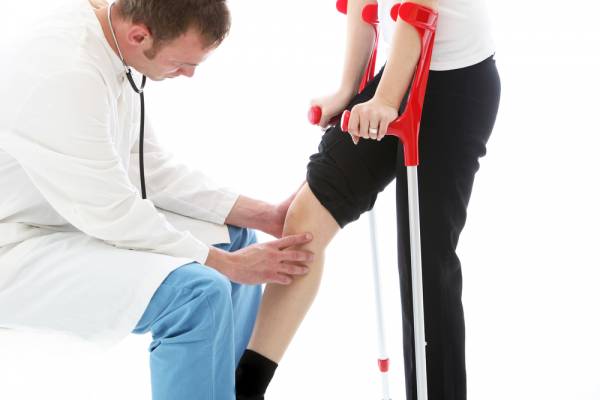
Today there is a major addiction crisis facing the United States. Addiction can take many forms, from addiction to prescription painkillers to street opiates like heroin, to alcohol. All of these substances bring on a temporary feeling of pleasure, as the brain’s “pleasure center” is activated and endorphins floods the user’s system. While the use of intoxicants can bring on a temporary feeling of release, over time, a tolerance will build up and more drugs will be needed to bring on feelings of pleasure. All of this leads into a dangerous abuse cycle which can have a terrible impact on a person’s life. Many drug users are actually medicating themselves in order to treat mental illness issues like depression. Dual Diagnosis Treatment In California is one solution to this type of drug abuse problem, and it is being more widely used all the time.
Opiate Addiction
Alcohol abuse has long been a major problem in our society, as it is readily available and promoted commercially as a safe way to have fun and socialize. Alcohol is another drug of choice for those who are “self-medicating.”
Opiates, which are derived from the poppy flower, have been available to humans for centuries, but they have become a major social problem in recent years with the advent of opiate-derived prescription painkillers. These drugs were widely prescribed back in the 1990s, as they were manufactured in a time release form that seemed to offer a safe release from pain. Unfortunately, these drugs soon made their way onto the black market, when it was learned that they could be crushed and then snorted or injected for a fast “high.” All of this has lead to a major problem of opiate addiction.
Treatment for Addiction
The problems associated with drug addiction are immense, which is why there is such a great need for quality care for those suffering from addiction. Many quality rehab centers have formed in California and other states all across the US in response to the ongoing crisis. Most reputable centers will do a client workup initially, and then make a treatment plan that addresses the client’s therapeutic needs.
The dual diagnosis approach is growing in popularity today. This approach goes beyond just treating the client’s drug addiction, and also examines any underlying mental illness issues that may be part of the problem. Depression and Bi-polar disorder are two of the illnesses that often present themselves in a severely addicted person. Often the client has a history of dealing with the out-of-control feelings that come with their illness by drinking or using other drugs. These drugs can temporarily calm the disturbing feelings that come on with depression or bi-polar disorder, so they are used as a way of coping. As addiction starts to take hold, however, it can become difficult to maintain even a semblance of a normal life.
The dual diagnosis approach creates a treatment plan that addresses all these issues, as the client goes through detox and then counseling. Many clients will need to have treatment with medications for their mental health disorders, and this must be part of the addiction treatment.
Moving Through Treatment
As a treatment plan is established for a client in a rehab center, all of their needs will be addressed fully. They will go through a detox process that is created with their medical issues addressed, so they can detox safely as withdrawal issues present themselves. Withdrawal symptoms can include vomiting, diarrhea, hallucination, fevers, and seizures, so it’s important that the process is monitored by an experienced healthcare professional throughout. A cold turkey approach can be dangerous, so in some cases clients may have to withdraw from drugs slowly, with the help of medications that can alleviate some of the symptoms.
Once the client has detoxed, they will begin to work through their issues with the support of a counselor, sometimes individually and sometimes in a group. A recovery plan will be established, with treatment for mental health problems that are part of the overall addiction issues. Activities geared to helping the client re-engage with society in a healthy way will also be encouraged. These can include group activities like hiking and yoga, and even art classes.
Looking at life beyond addiction can be frightening for people who have also relied on drugs for coping. With the help of the support available through quality rehab programs, a fuller and healthier life can be a real possibility.

